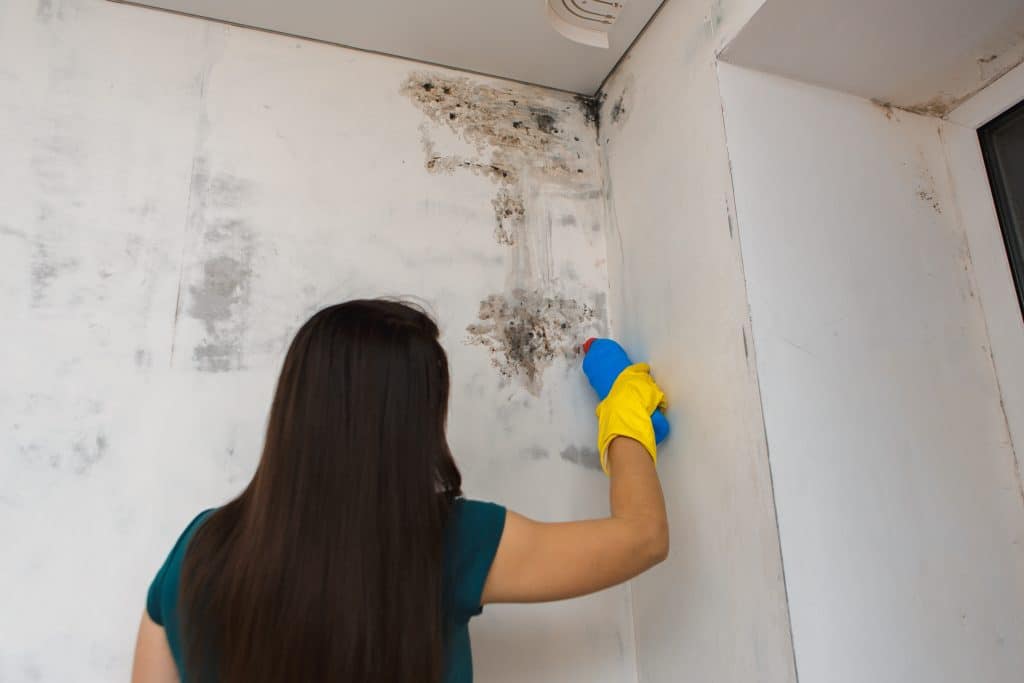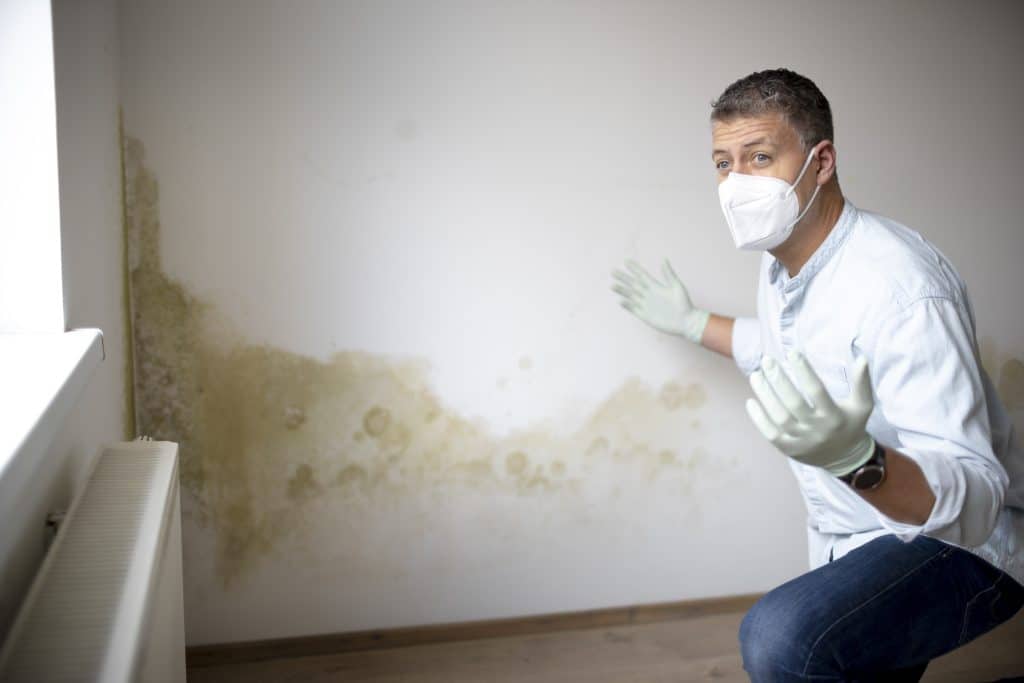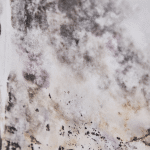Contents
Basement mold is such an unwelcome occurrence that it can ruin stored harvest. If the room is settling with moisture, it may destroy the building. Deterioration of the health of everyone who routinely descends into the cellar or basement comes up. Learn why dampness visits us and how to eliminate it as soon as possible.
Cellars can be fabulous. They give extra living space, storage, and even a retreat when the weather is bad. Unfortunately, if you’ve ever come across that awful sight of mold spots, you know the worry.
Just having to deal with that musty-smelling is another giveaway. You know the basement mold isn’t something to take lightly. If you have not been through this yet, then lucky you, but don’t rest too easy.
Mold loves dark and wet. Basements without adequate ventilation or the right waterproofing and underpinning make this real estate become high-end property for those unwanted guests.
Why is Mold in the Basement a Concern?

Firstly, we must think like our enemy. Molds are a type of fungus that can grow on virtually any material provided there is moisture and oxygen present. When molds reproduce, they let out spores into the air; these are tiny and can be inhaled by people and animals.
Furthermore, unchecked mold in basement situations can cause significant structural damage. Molds feed on organic materials most construction materials, like wood and drywall. This can weaken the structural integrity of your home over time.
6 reasons why
Mold, at its heart, does more than just spoil the look of your basement. It represents real menaces to the health of the occupants and the actual structure of the house:
- Lowered property value. Mold can greatly decrease your home’s market value, discouraging potential buyers to purchase it at the price you are asking for;
- Foul smells. Mold produces a characteristic musty smell that can spread throughout the house and is tough to get rid of;
- Aesthetic damage. Our enemy can cause discoloration and damage to walls, floors, and ceilings making your basement look unclean and neglected;
- Higher utility bills may be resulting from loss of insulation within walls due to molds thus high heating bills during cold months;
- Deterioration of stored items. Basements are commonly used for storage where mold may destroy useful items like documents, photos, clothes and furniture;
- Aggravation of existing health conditions. Mold may also aggravate other health issues with skin conditions and respiratory illnesses so do not be quick to remove it by yourself.
According to WillFix basement repair company in Toronto, experienced in mold management, prevention of mold is not only about aesthetics. It is about providing a safe and healthy environment for you and your family.
How to Keep Mold at Bay
Protecting your basement from mold is not something completed once and for all; it is a long-term commitment. By recognizing the circumstances under which mold grows and acting proactively, householders can effectively bring the risks down.
Mold spores are omnipresent in our environment and at all times on the lookout for conducive conditions to land and grow. Basements, being most of the time damp and cool, create perfect living conditions for these spores to flourish. So, what is important is to have these spores not multiplying.
With preventive action staying several steps ahead, homeowners can keep a basement healthy and be proactive in preventing the challenges and expenses that come with mold remediation.
Proper ventilation
Effective air renewal isn’t just letting air in. It is about making sure that there is a constant flow of dry air replacing the moisture which is what mold loves. Installations:
- Exhaust fans — install fans that will pull out moist air and pull in fresh dry air;
- Vents — place vents strategically to encourage natural air circulation;
- Dehumidifiers — machines that pull moisture out of the air helping to keep the environment dry.
Ensure optimal ventilation and you’ll discourage mold growth this way, and air quality will be better in your basement after that.
Check for leaks regularly
Stop the water, and you will have stopped mold growth.
- Inspections — Schedule periodic inspections to be able to identify the sources of the leaks early enough;
- Sealants — Using quality sealants around windows and re-piping;
- Drainage — Make sure that your basement drainage is functioning properly in carrying water away.
As well as being vigilant in watching for and tending to even the smallest of leaks immediately, you maintain the integrity of your basement and ward off potentially expensive repairs in the future.
Dehumidify
It’s a war that never stops against high humidity, most notably in basements.
- Check humidity levels — make sure to regularly check humidity levels with a hygrometer;
- Placement — put dehumidifiers in places that can collect moisture;
- Upkeep — clean and keep up your dehumidifier so it works properly.
A dehumidifier will work wonders here, but you must also keep an eye on its performance and clean it to make sure you have permanently dry air.
Use mold-resistant paints and products
Investing in mold-resistant products. For instance:
- Mold-resistant paints — Ideal for walls. They keep off mold;
- Mold-resistant drywall — Less prone to mold growth compared to the traditional;
- Sealants — applied to cracks and crevices to bar moisture.
These are preventive products that give an owner more peace of mind due to added prevention and an extra front against mold.
Clean and vacuum regularly
A clean basement it’s not just easy on the eyes — it deters mold.
- Vacuums — Use vacuums with HEPA filters;
- Dust and wipe — dust and wipe surfaces regularly to keep spores from building up;
- Do away with clutter — a cluttered basement hinders airflow and allows moisture to become trapped.
With a solid uncluttering and cleaning regimen, you ensure spores don’t find a hospitable environment to multiply.
Prevention is Better Than Cure

Prevention is the key where mold is concerned. Identifying possible issues before they graduate into a big problem can save you a lot of time, money, and even health concerns shortly down the road. Mold doesn’t wait to be invited. The choice is ours to make sure it never finds where to comfortably settle.
Expert opinion
Evelyn J. Kiser
Evelyn is an expert with over 12 years of experience in basement lowering, foundation strengthening and waterproofing. She has earned a reputation as a professional who solves complex problems and knows the answers to all questions.
Mold in basements isn’t just a passing concern. It has the potential to be a health hazard and slowly eat up our house. Keeping an eye on the place, keeping the humidity in check and using humidity resistant products should be the only ways to have no molds in the basements.
Always remember: a clean, dry basement is not just aesthetically pleasing is a pledge to a healthier living environment. Let’s keep our basements free of molds and let’s keep our homes safety.
FAQs
-
What Causes Mold Growth in Houses?
It is well known that mold likes a wet environment. So, the causes of mould are factors that provoke the creation of a wet environment (leaking pipes and roofs, poor ventilation, condensation around windows, etc.).
-
How Сan I Prevent Mold from Growing in My Home?
It's easy enough to control the moisture level in your home: ventilate well, fix leaks and use mould-resistant materials.
-
What Are Signs of Mold in a Home?
The presence of mold can be suspected by a musty smell in the home, peeling paint, allergies in the home's residents, and visible mold growth.
-
Is Mold Dangerous to My Health?
Yes, mold can be unhealthy, especially for people with allergies, asthma, or weakened immune systems.
-
What Should I Do if I Find Mold in My Home?
The first step is to identify the source of the moisture. Then you need to clean the mouldy areas by calling a professional or do-it-yourselfers wearing protective gear.
